Learn more about the technical trends and reference designs for the June 2016 Smart Car Journal .

In addition to ruling the world, driverlessness can probably rival all human ambitions in history. The trillion-dollar global auto market is only the first goal of driverlessness. The reverse control of a car-centric life and work is the long-term goal of driverless cars.
The great thing about driverlessness is that it has changed far more than the automobile manufacturing industry and the taxi service industry. Instead, it has created a new economy centered on unmanned cars and an unprecedented life style and social concept. Under the infinite prospects, world-class IT and auto giants are almost in the unmanned market. Google and Baidu have been working in unmanned driving for many years, and rumors of Apple's carmaking are likely to make headlines at any time. Musk certainly won't miss the opportunity for Tesla to make a super driverless car, BMW, Mercedes-Benz, Volkswagen. Chinese and foreign brands such as Audi, Volvo, Honda, BYD and Changan Automobile have also invested in it.
Unmanned driving has become one of the most anticipated automotive technologies in the future, and will become a new industrial opportunity that will benefit the automotive industry, the Internet industry, and the intelligent hardware industry.
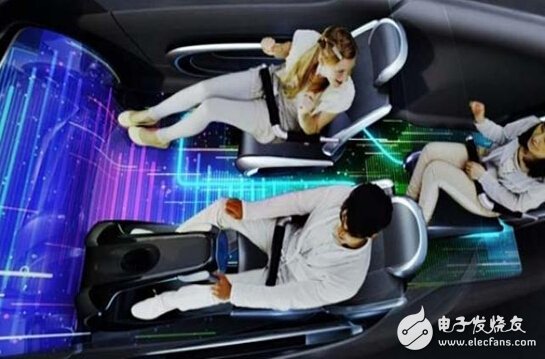
At present, the development of the driverless industry has exceeded market expectations. According to the report of the US analysis agency HIS, the global sales of driverless cars will reach 21 million by 2035, which is significantly higher than the estimate two years ago. China will become the largest market for driverless cars. The report predicts that China will have more than 5.7 million driverless cars by 2035.
According to the report of the patent consulting company Lexinnova in the United States, there are 9 basic technologies required for the development of driverless cars:
1. Car-to-car communication (V2VCommunicaTIon)
V2V (Vehicle to Vehicle) communication is a vehicle to vehicle communication technology, its main principle is to install V2V communications equipment in a vehicle, the equipment currently includes two dedicated short range communication transmitter (Dedicated short-range communicaTIons, DSRC) with a The Global PosiTIon System (GPS) receiver operates on the basis of the vehicle's internal GPS positioning system. The DSRC wireless communication device accepts and transmits vehicle information, including vehicle size, position, speed, direction, acceleration, The yaw rate, brake status, steering angle, wiper status and turn signal number enable the vehicles to obtain instant traffic information. In addition, the vehicle can also know the wider traffic conditions through the node network.
In addition, the V2V must also include a human-machine interface that alerts the driver in an emergency, with sound, picture or touch (tightening the seat belt or vibrating the seat).
2, cruise control (Cruise Control)
CRUISE CONTROL SYSTEM (CCS), which is a comfortable device for modern cars. Its characteristics are also known as "constant speed control system", "vehicle speed control system" or "cruise control system". The cruise control system is set up so that the driver can set the vehicle speed at a fixed speed and the vehicle travels exactly at the set speed. The driver does not have to step on the accelerator pedal, which greatly reduces the fatigue of long-distance driving, while driving at a constant speed can also reduce fuel consumption. In the car cruise control system, the electronic device can automatically adjust the engine throttle opening according to the change of the running resistance, so that the traveling speed is kept constant.
The cruise control system is mainly composed of four parts: command switch, sensor, cruise control system ECU and throttle actuator.
3, automatic brake (AutomaTIc Brakes)
Automatic brake systems have different names from different manufacturers. The famous Volvo City Safety system is based on the principle of sensing the object in front of the vehicle through a camera, laser radar or microwave radar. When the system determines that there is a danger of rear-end collision, a warning tone will first be issued to alert the driver to decelerate. When the driver still does not decelerate, the system judges that if the speed is not inevitable, the system will automatically brake with full force. The unified name of this system is Autonomous Emergency Braking System (AEBS), which is the automatic emergency braking system.
This technology is not the latest high-tech. As early as 2003, Toyota's HARRIER (Lexus RX) has a similar anti-collision alarm system (but not automatic braking). In the same year Honda inspire (ie Accord) for the first time can be equipped with automatic brakes CMBS (Collision Mitigation Brake System) system.
4, Lane Keeping (Lane Keeping)
LK (Lane Keeping), which is the lane keeping assist system, the system performs active correction and steering intervention when the driver's attention is not concentrated or the vehicle is deflected during fatigue driving. When the driver detects the turn signal, the system enters the passive mode. (off mode).
Its working principle is to monitor the lane change in real time through the high-resolution camera integrated in the rearview mirror, and intelligently identify the lateral displacement state of the vehicle during the driving process, if the driver presses any one without lighting. On the side of the lane, the steering wheel automatically applies a reaction force and vibrates to ensure the safety of the vehicle.
Pipe Fitting mainly used for pipes' connection which widely applied to petroleum and gas pipeline, chemical, power plant, and shipbuilding industries. The products include elbow, tee, reducer and cap
Butt Welded Pipe Fitting
Material: Carbon Steel & Alloy Steel&Aluminum Steel
Standard: ASME Standard, ASTM Standard, JIS Standard, DIN Standard, EN Standard, MSS Standard, NACE Standard
Wall Thickness: ASTM Standard: SCH5s, SCH10s, SCH20, SCH30, SCH40, SCH60,SCH80, SCH100, SCH120, SCH140,SCH160, STD, XS, XXS;
JIS & DIN Standard
Seamless Pipe Fitting Size
1/2"-24"
Welded Pipe Fitting Size
26"-100"
Butt Welded Pipe Fitting,Welded Pipe Fitting,Seamless Pipe Fitting
MATERIAL
Carbon Steel :
ASTM A234 WPB; 20#, 10#
DIN St37, St45.8, St52.4,St.35.8,St.35.8.
Stainless Steel:
304 304L 316 316L
Alloy Steel:
16Mn St45.8 A420 WPL6, A234 WP5, WP9, WP91, WP92, WP11, WP22, etc
ASTM A860 WPHY42, WPHY46,WPHY52,WPHY60,WPHY65,WPHY70
STANDARD
ASTM / JIS / DIN / BS / GB / GOST
MODEL
1.Tee(Straight and Reducing) 2.180 DEG Return
3.Elbow (45/90/180 Degree) 4.Cap
5. Reducer(Concentric and Eccentric)
TYPE
Seam Or Seamless
SURFACE
Black Paint, Anti Rust Oil, Hot-Dipped Galvanize
WALL THICKNESS
SCH5S, SCH10, SCH20, SCH30, SCH40, STD,XS,SCH60,
SCH80, SCH100, SCH120, SCH140, SCH160, XXS,
SIZE
1/2"-100"
CONNECTION
Welding
SHAPE
Equal, Reducing
APPLICATION
Petroleum, chemical, power, gas, metallurgy, shipbuilding, construction, etc
Customers' drawings or designs are available.
PACKAGE
1> 1/2" - 2" in cartons.
2>Above 2" in wooden cases.
Big size is workable by pallets.
DELIVERY DETAILS
According to the quantities and specifications of each order.
Normal delivery time is from 30 to 45 days after receiving the deposit.
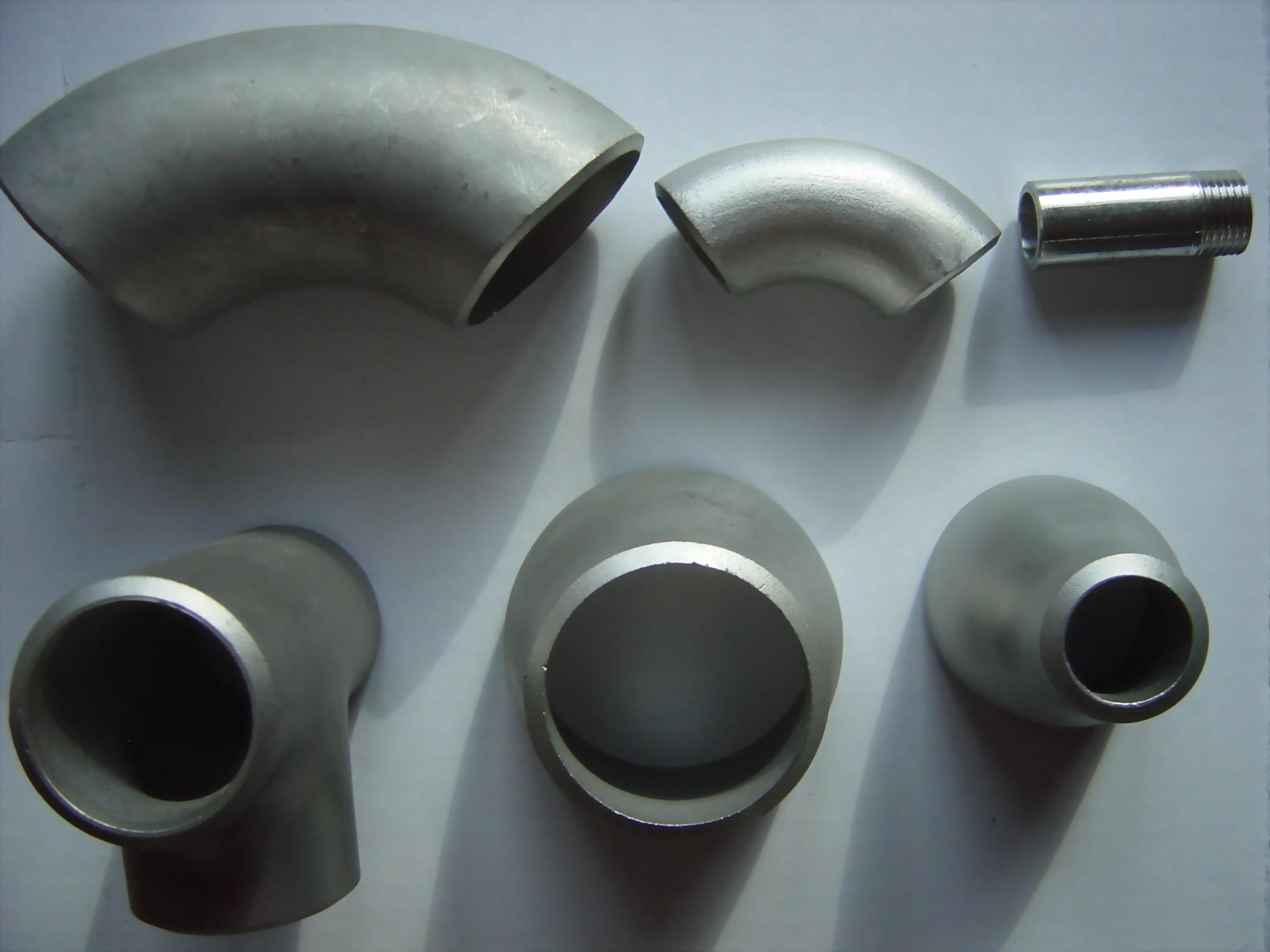
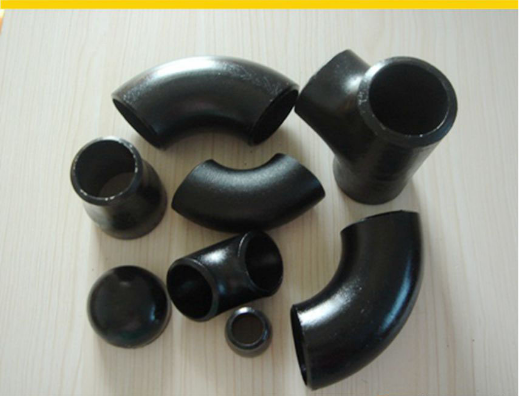
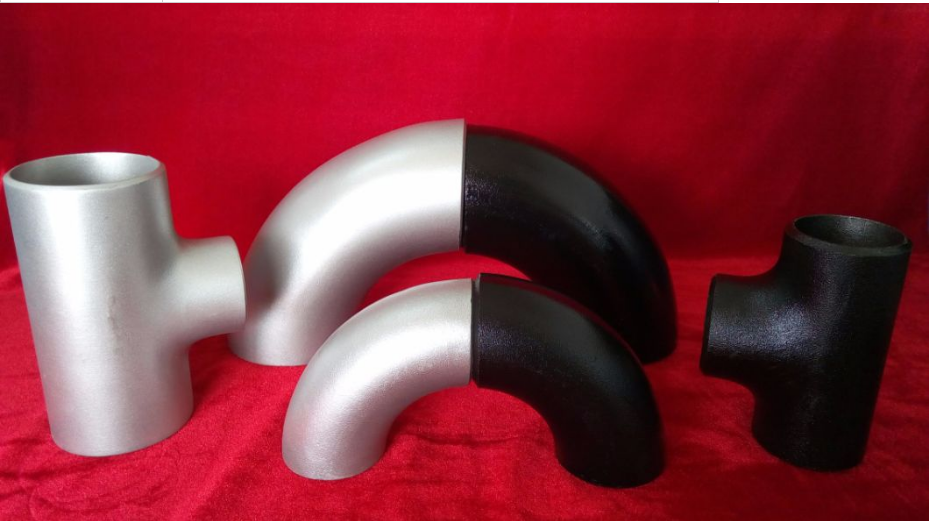

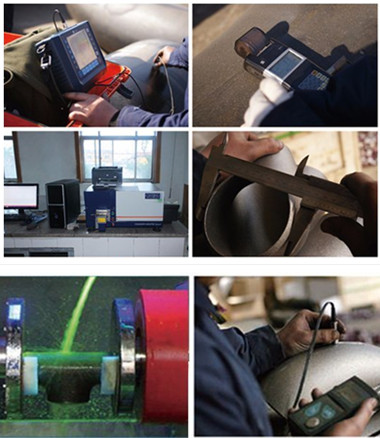
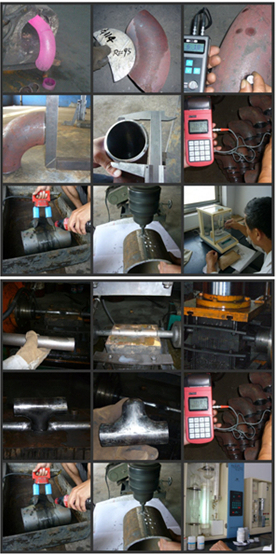
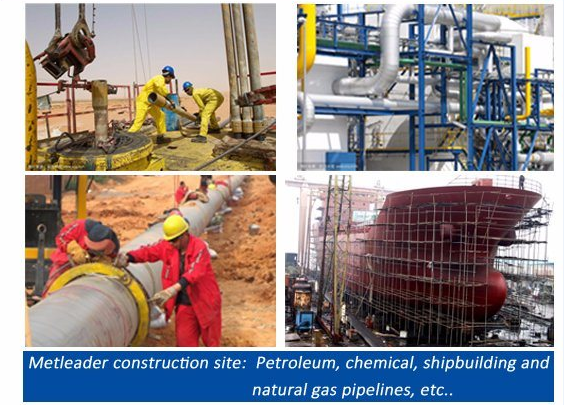
Pipe Fitting
Pipe Fitting,Seamless Pipe Fitting,Butt Welded Pipe Fitting,Welded Pipe Fitting
HEBEI HANMAC MACHINE CO., LTD. , https://www.chinahanmac.com